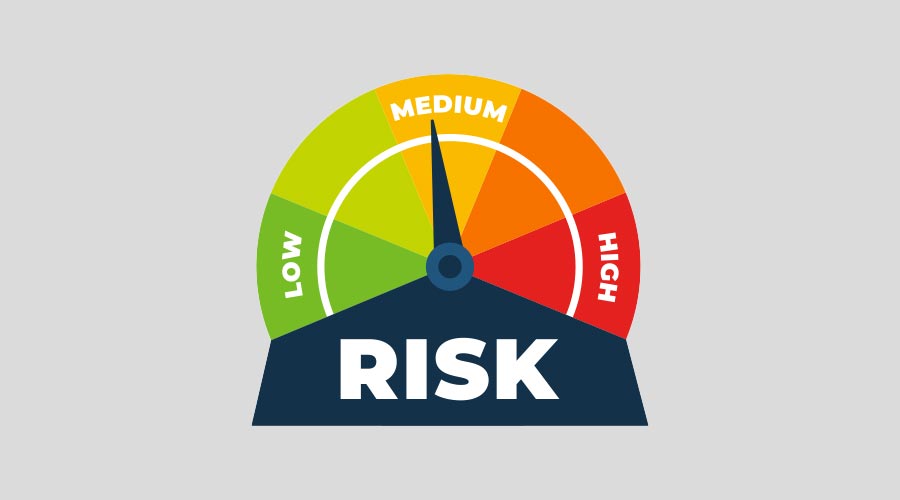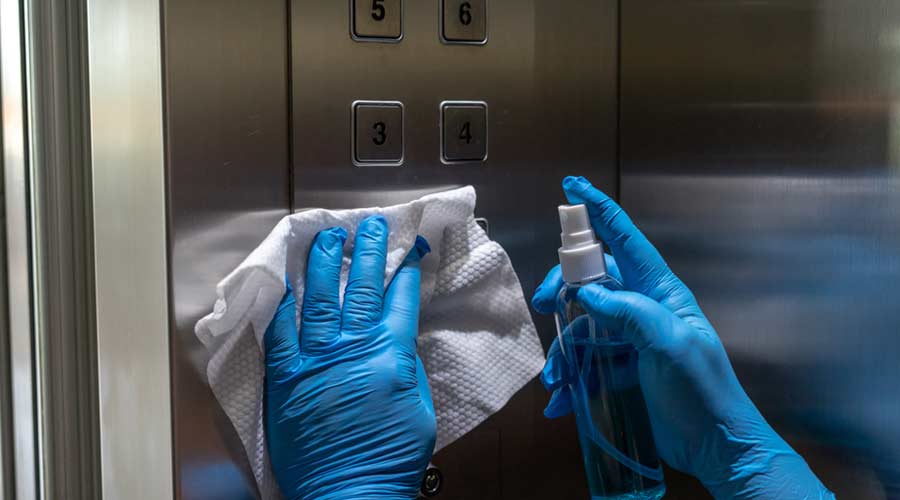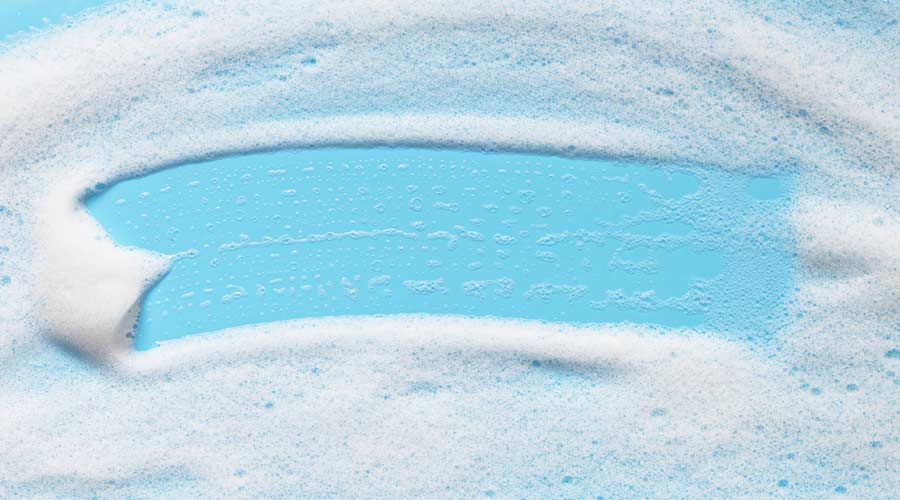
The American Cleaning Institute (ACI) and A.I.S.E. (International Association for Soaps, Detergents and Maintenance Products) published “Risk Analysis Approaches for Microbial Ingredients in Microbial-Based Cleaning Products” in the journal Risk Analysis. This guidance is a step towards developing a standardized framework for risk assessment, addressing an existing gap by expanding upon well-established methodologies to increase consumer safety.
Dr. James Kim, Senior Vice President, Science & Regulatory Affairs, ACI says, “The guidance is an important step in helping microbial-based cleaning product manufacturers throughout their risk assessment and management processes.”
Microbial-based cleaning products (MBCPs) are an innovative technology introduced in the detergents industry.
This work provides MBCP manufacturers and regulators information that can be used to assist in developing their own approaches to MBCP risk assessment. As part of this assessment, potential hazards associated with use of bacterial or bacterial endospore ingredients of MBCPs can be adequately characterized, assessed, and managed as part of both product development and ongoing product stewardship. The document summarizes potential approaches to:
- support strain-level identification of microbial ingredient(s)
- evaluate hazards and potential for human exposure
- assess potential effects following such exposures to different human populations
These conceptual approaches may facilitate the standardization and more consistent application of appropriate risk analysis procedures for microbial ingredients present in MBCPs. Additionally, these same approaches may help companies and regulators consider and manage risks for new microbial ingredients that may be utilized in future MBCP formulations.
View the full study here.

 The Down and Dirty on Cleaning in Virus Season
The Down and Dirty on Cleaning in Virus Season How Surfactant Use is Expanding in Commercial Cleaning
How Surfactant Use is Expanding in Commercial Cleaning